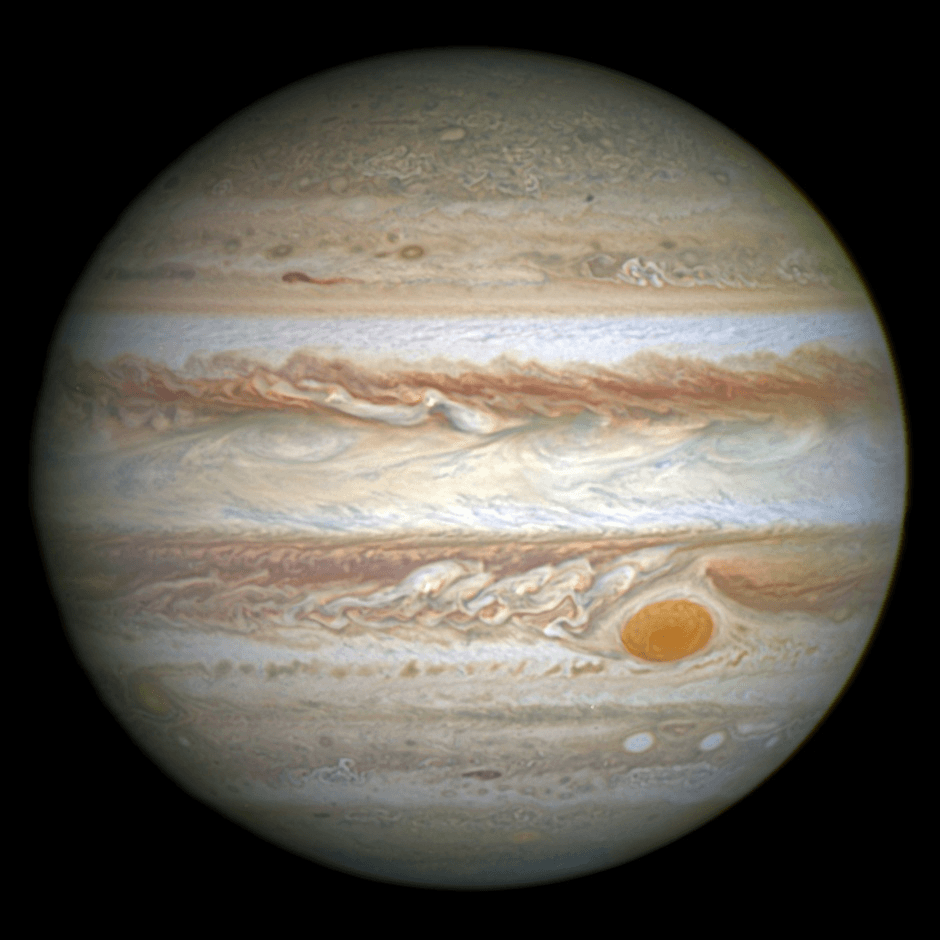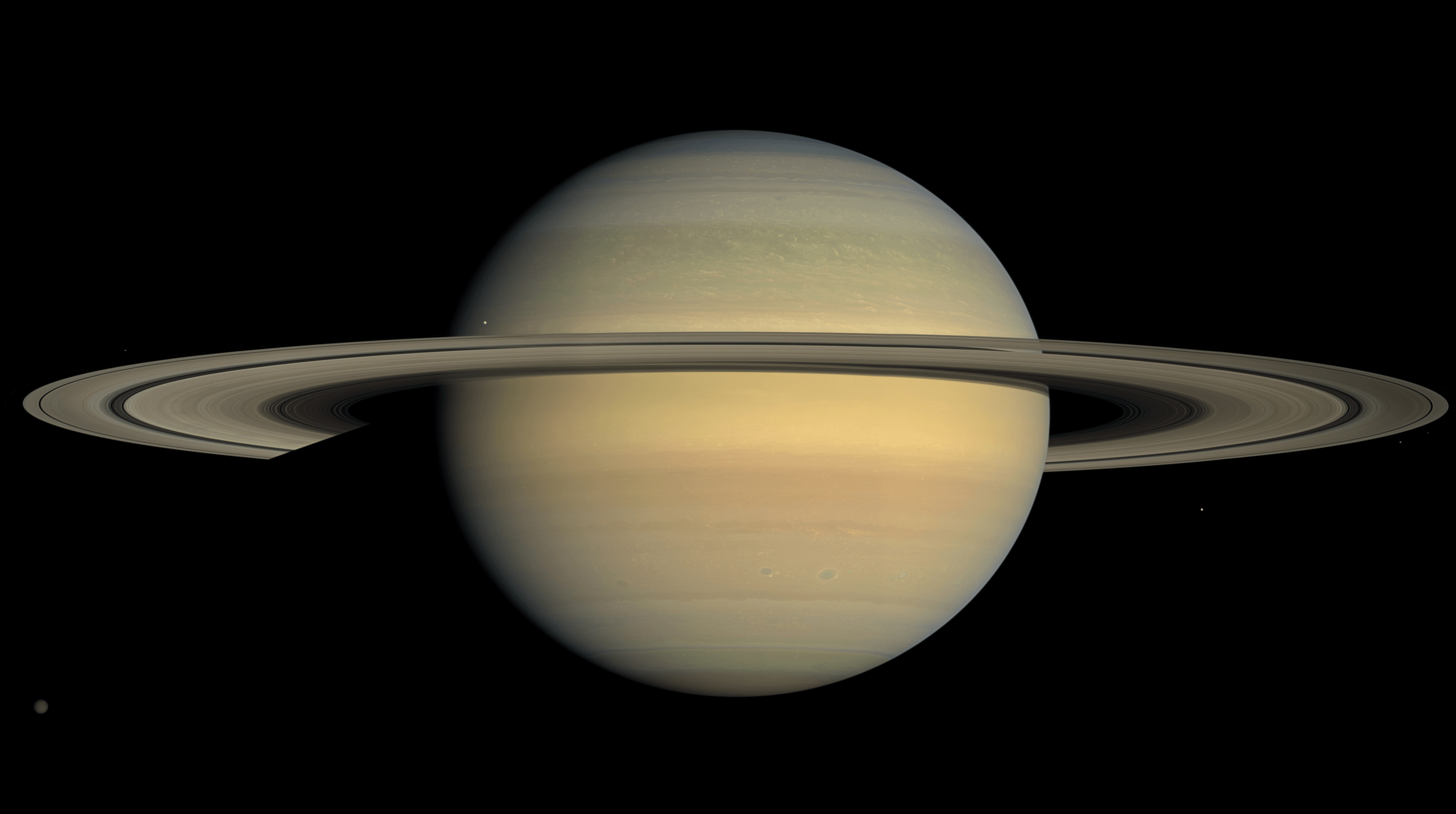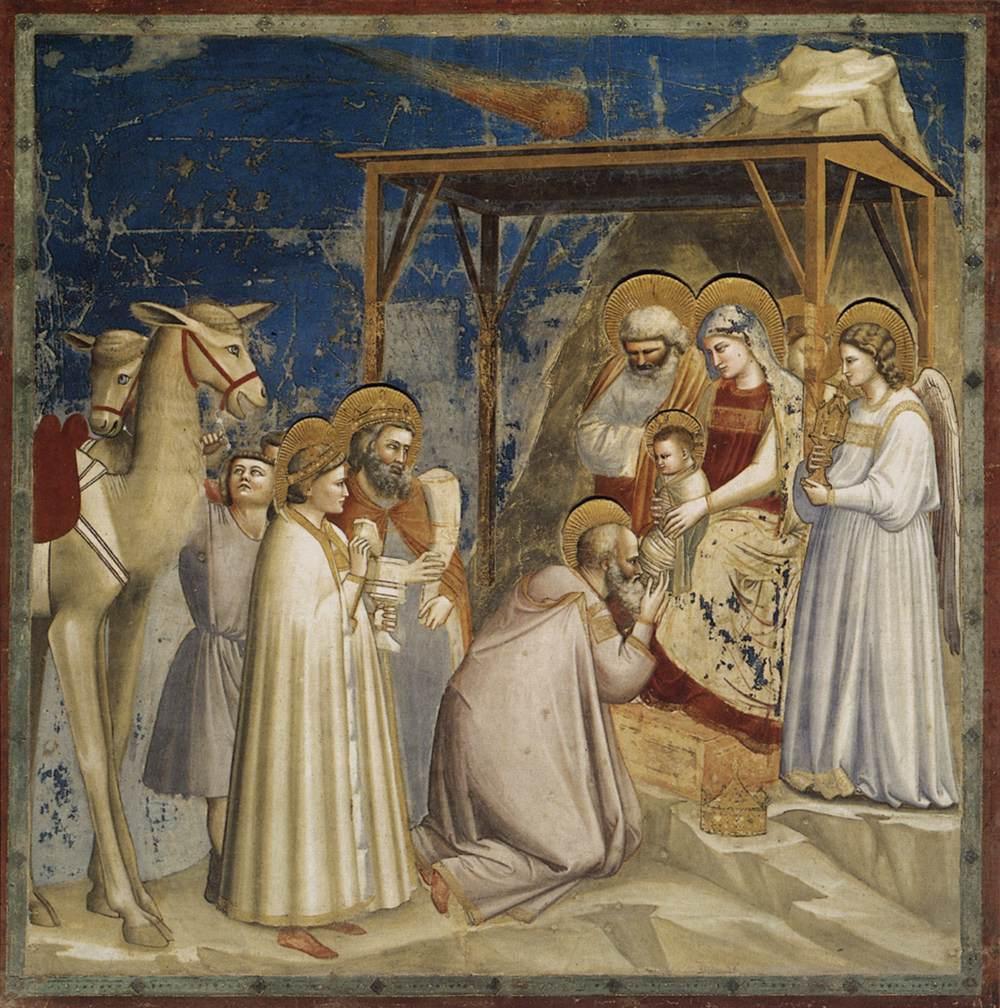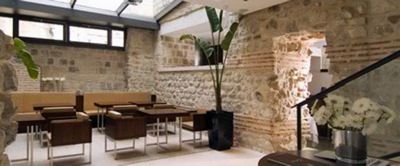Winter Solstice 2020: Jupiter and Saturn Align in Night Sky Tonight
December 21, 2020 – At around 4.30pm this evening, Saturn and Jupiter will align creating a Christmas star. It will be very brief, as the planets will quickly fall below the horizon on Winter Solstice 2020. It has been 800 years since this event occurred in the night sky.
Every day is extraordinary, depending on your perspective. But, today, 21st December 2020, is extraordinary on an interplanetary scale.
Here on earth, for us in the northern hemisphere, today is the Winter Solstice 2020, the shortest day of the year, the day with the least amount of sunlight and the official start of winter. With our Vitamin D-deprived skin sensing more than a minor chill, it's a day we'd probably prefer to be over rather quickly.
However, hundreds of thousands of kilometres above us in the night sky, an event some 800 years in the making is about to happen. Tonight, at around 4.30pm in the evening, the gas giants Saturn and Jupiter will align creating a Christmas star for Winter Solstice 2020. If you can see the night sky at that time, the occurrence will be visible with the naked eye and the planets together may look like one huge star. The distance between them will only be one-tenth of a degree, around the width of a coin held at arms length. Jupiter is the largest planet in our Solar System and has a total mass that is two-and-a-half times greater than that of all the other planets in our Solar System combined. It is one of the brightest objects visible to the naked eye in the night sky, second only to the Moon and Venus.
Jupiter is the largest planet in our Solar System and has a total mass that is two-and-a-half times greater than that of all the other planets in our Solar System combined. It is one of the brightest objects visible to the naked eye in the night sky, second only to the Moon and Venus.
The great conjunction that we will see on the Winter Solstice 2020 has not happened since 1623. However, that alignment wasn't visible to skywatchers across much of the Earth because of its location in the night sky. The last time this event was visible in the night sky was in 1226.
Jupiter takes some 12 years to make one full orbit around the sun. Lying further out and moving more slowly, it takes Saturn some 30 years to make its own journey around the star. These two planets pass each other on their circular tracks every 20 years, coming relatively close to one another. However, their orbits do not occur on exactly the same axis, meaning that the planets very rarely align. That they will tonight is an extremely rare happening.
Of course, the planets aren’t really coming that close to one another. Jupiter, the largest planet in our solar system, is 886,440km from the Earth and Saturn, the second-largest, is another 733,205km beyond it. Saturn is the second-largest planet in our Solar System. It is named after the Roman god of wealth and agriculture, after whom we also name Saturday - Saturn's Day. Saturn is famous for the rings which circle the planet. These are made mostly of ice particles, with some rock and dust. The planet has at least 82 moons that we know of, separate from the small moonlets that lie within its rings. Titan, Saturn's largest moon, is the second-largest moon in our Solar System, and is larger than the planet Mercury. It is the only moon in our Solar System to have a substantial atmosphere of its own.
Saturn is the second-largest planet in our Solar System. It is named after the Roman god of wealth and agriculture, after whom we also name Saturday - Saturn's Day. Saturn is famous for the rings which circle the planet. These are made mostly of ice particles, with some rock and dust. The planet has at least 82 moons that we know of, separate from the small moonlets that lie within its rings. Titan, Saturn's largest moon, is the second-largest moon in our Solar System, and is larger than the planet Mercury. It is the only moon in our Solar System to have a substantial atmosphere of its own.
The 'Christmas Star' of the Winter Solstice 2020 may be rare, but it is not the first time it will have captivated those looking into the night sky. Some people speculate that this very astronomical incident may be the same one that, according to the Bible, led the three wise men to Joseph, Mary and the newly born Jesus. That is not just modern speculation. The theory that Jupiter and Saturn's conjunction might be the source of the Star of Bethlehem was proposed in the early 17th Century by Johannes Kepler, a German astronomer and mathematician. Certainly, 2,000 years ago, at the time of Jesus's birth, people would have been acutely aware of what was happening in the night skies above them. With no man-made pollutants in the air and almost no light pollution at all, the stars in the sky would have been a vivid spectacle. If not the TV screens of its day, the night sky would certainly have been a backdrop more integral to every day than it will be for many with multiple modern distractions on Winter Solstice 2020.
 Giotto di Bondone - No. 18 Scenes from the Life of Christ - 2. Adoration of the Magi (1303). The Star of Bethlemhem is depicted at the top of this fresco.
Giotto di Bondone - No. 18 Scenes from the Life of Christ - 2. Adoration of the Magi (1303). The Star of Bethlemhem is depicted at the top of this fresco.
The coastal areas of Croatia look like they will have the clearest skies on Winter Solstice 2020, particularly in southern Dalmatia, where you have the best chance to see the event. But, you never know. You should have a glance to the heavens wherever you are this evening – the event will be visible across much of the planet, just after dark.
To be in with the best chance of seeing the conjunction, look outside at around 4.30pm. You'll have to be quick – in relative terms, the event won't actually take place over a short period of time but, because this is the Winter Solstice 2020, the two planets are very low in the night sky and will pass quite fast beyond the horizon. You should look in a south-westerly direction and keep your eyes quite low.
Give it a go wherever you are – it's unlikely you'll be here in another 400 years when it will happen again. If you have cloudy skies above you tonight, you can still look for the aftermath of the alignment the planets will be incredibly close to one another for the next few days. And, if you get a photo of the conjuncture of Winter Solstice 2020, TCN would love to hear from you.
All images used lie in the public domain, except main image, a composite made by TCN
Upscale Hotels in Split
There are only a few five star hotels in Split however, within the historical core of the city hides swanky boutique hotels where you will be breathing city life without compromising on the comfort of deluxe accommodation. Please see below a list of preferred upscale hotel and serviced accommodation and click read more for further information.
Hotel Marmont****

(Zadarska 13; +385 (0)21 308 060; www.marmonthotel.com)
Hotel Marmont is a chique boutique hotel tucked away in the heart of the old city. It has 21
spacious and contemporary rooms and a 200m2 penthouse suite … read more.
Vestibul Palace Hotel****

(Iza Vestibula 4; +385 (0)21 329 329; www.vestibulpalace.com)
Vestibul Palace is the pioneer of luxury boutique accommodation in Split and they couldn’t
have chosen a more charming location, just past Vestibul by the the emperor’s living quarters…read more.
Hotel Atrium*****

(Domovinskog rata 49a; +385 (0)21 200 000; www.hotel-atrium.hr)
Hotel Atrium is the only five-starred hotel in the city within walking distance to the town
center. The 124-room hotel also housed a spa and deluxe casino…read more.
Le Meridien Lav *****

(Grljevacka 2A, 21312 Podstrana; +385 (0)21 500 500; www.lemeridienlavsplit.com)
This five-star deluxe seafront hotel complex is the flagship upscale hotel in the region. It is
located in Podstrana, 8km east of Split along the coastal road and boats 365 rooms, a marina, spa and more…read more.
Hotel Luxe ****

(A. Kralja Zvonimira 6; +385 (0)21 314 444; www.hotelluxesplit.com)
The ruins of a 100-year-old factory caught the eye of a local business couple that completely transformed this dying structure into one of the swankiest lifestyle hotels in the city which have become reputable for the service levels… read more.
Hotel Split****

(Strožanačka 20, 21312 Podstrana; +385 (0)21 420 420; www.hotel-split.hr)
The new and swank Hotel Split is nestled at the edge of the water in Podstrana, just 8km
from Split. This modern boutique hotel is “green” and has a certificate of energy efficiency…read more.
Radisson BLU Resort Split****

(Put Trstenika 19; + 385 (0)21 303 030; www.radissonblu.com/resort-split)
This modern resort is a 4-star paradise nestled above the Trstenik beach, just 4 kilometers east of the city center…read more
Hotel President ****

(Starčevićeva 1; +385 (0)21 305 222; www.hotelpresident.hr)
Located in the center, this four-star hotel sits on the corner of a neo-Renaissance inspired structure, boasting 63 spacious rooms and 10 luxe residential suites decorated in the early naughties with English-inspired estate interiors…read more


